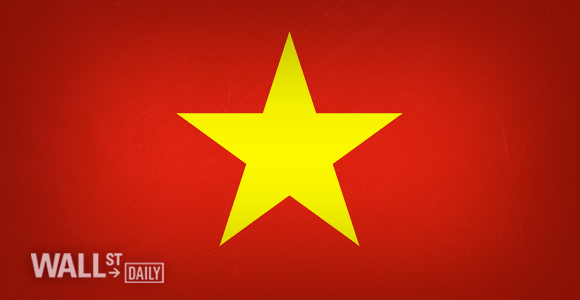
These days, when investors hear the words “emerging market,” they immediately run in the opposite direction.
The Institute of International Finance reports that investors pulled $40 billion out of emerging markets in the third quarter alone. That’s the fastest pace since the height of the financial crisis and the largest outflow of funds since the fourth quarter of 2008.
But as a contrarian investor, I’m intrigued.
These outflows made me wonder if, in the panic for the exits, someone may have overlooked a gem. And sure enough, shining like a beacon in the dark, was Vietnam.
According to researchers at Capital Economics, Vietnam is one of just five emerging nations, as well as the only nation in Asia, whose economy is growing above its average growth rate since 2010.
Economists forecast that Vietnam’s $186-billion economy will grow at 6.1% this year and 6.2% in 2016. This follows growth of 5.2% in 2012, 5.3% in 2013, and 6% in 2014.
Capital Flowing to Vietnam
Vietnam has been able to attract productive capital inflows recently. In fact, it ranks seventh among all countries, including the United States and China, in foreign direct investment (FDI).
Most of that money is going into manufacturing. Vietnam is highly competitive in low-tech industries like textiles and footwear. But importantly, it’s also competitive in high-tech manufacturing. Vietnam has become a major exporter of smartphones, for example, and Samsung has one of its largest global smartphone facilities there.
Thanks to the Vietnamese government, the economy’s momentum should continue. The government lifted the 49% ownership cap at a number of listed companies, which will allow foreign companies to invest heavily – or even take over – some Vietnamese firms.
In addition, the government has tamed inflation. In 1988, inflation was at an incredible 774%! Four years ago, it was still at 22%. Two years ago, it was down to only 6%. And today, inflation is negligible.









Leave A Comment